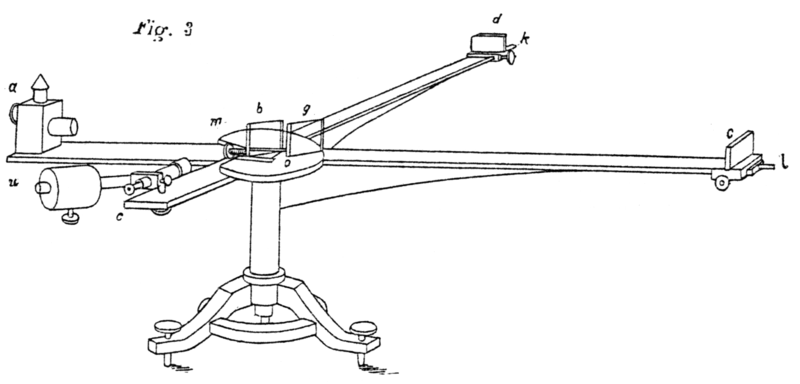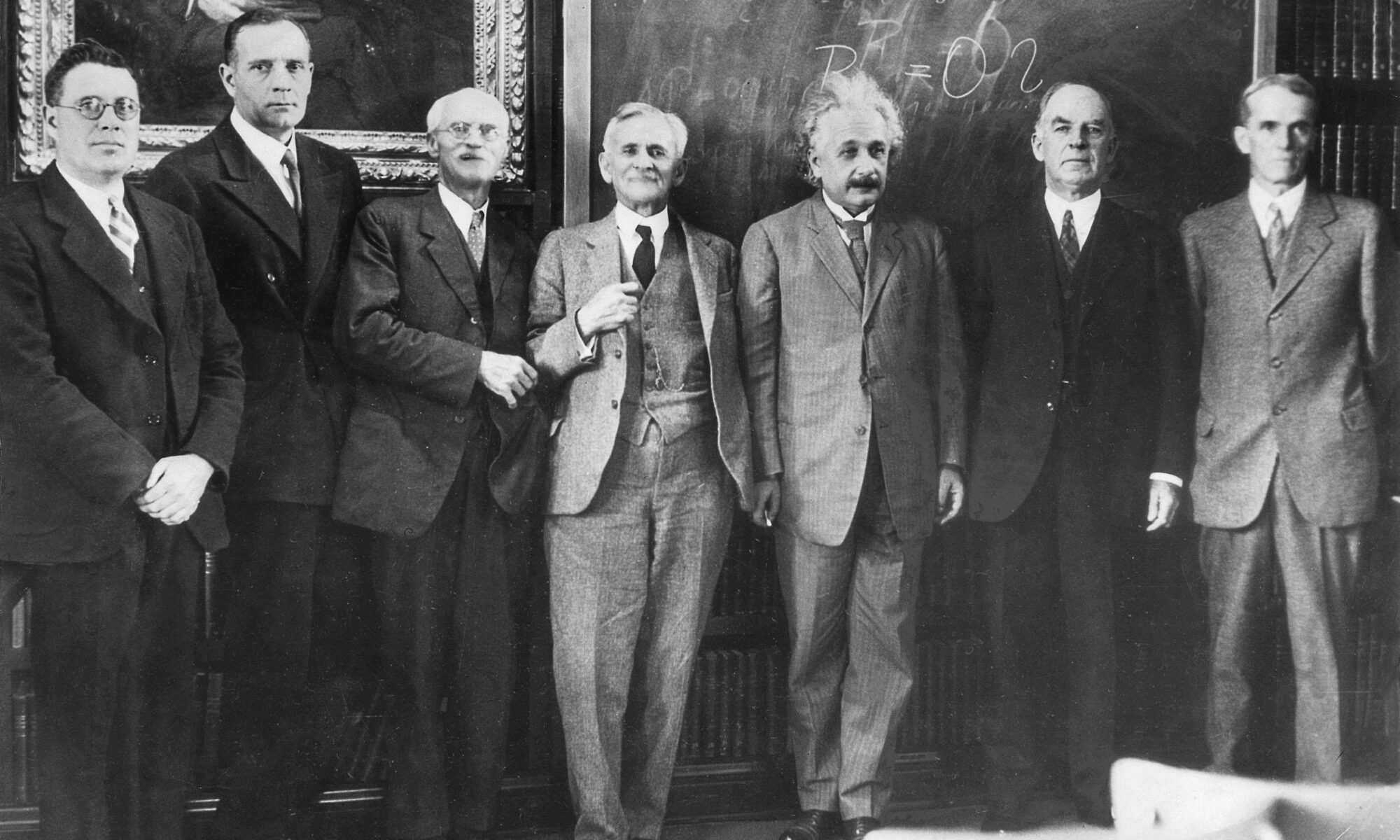
Measurement is based on a true story…
For thousands of years, scientists, philosophers, and theologians believed that a substance filled all of space; called ether, or the aether (or luminiferous aether), it was assumed that this medium connected everything and everyone; it carried light waves from the furthest reaches of space and allowed our minds to tell our limbs when to move. This idea of a common thing literally between and within us was emblematic of a holistic, almost spiritual as well as scientific belief.
All Albert Michelson and Edward Morley had to do was measure it and it would finally become scientific fact.
When they failed to find that proof, the scientific paradigm began to change, and along with it the various other cultural and political compoments of our belief systems. Holistic connectedness was replaced by separation and distance that saw all things and people as independent, perhaps embodied best in Einstein’s theories of relativity.
Einstein credited Michelson and Morley has having ‘set the stage’ for his discoveries.
The 20th century that followed came with world wars of previously unimaginable cruelty, and other trends like abstract and surreal art which were made sensible only through the prism of subjective experience. Everyone was free to take measure of what they believed was true, or miss it.
It was only later in the century that an astronmer named Vera Rubin proposed that the universe was, in fact, filled with a substance that enveloped us but which we couldn’t measure. The medium, called dark matter, is now assumed to constitute more than four-fifths of the entire substance of the cosmos.
Is something true only if we can measure it?
